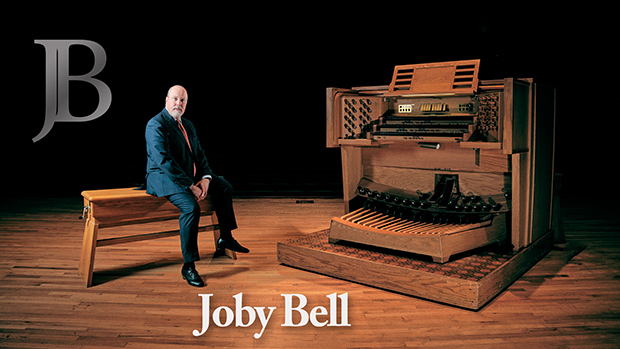A most "moving" Easter
 Monday, May 6, 2013 at 11:34AM
Monday, May 6, 2013 at 11:34AM
Here’s a little tell-all of one of those decisions made by a church administration that my musician friends and I STILL cringe over, more than two decades later. But it is also a bit of a success story, because I managed to have a little fun with it:
The new "gymnatorium" had just been completed at a church I was serving as organist. The pastor thought it would be a terrific idea to take that room for its first spin with the largest crowd possible.
Hmmm, EASTER SUNDAY would be a good time.
Yes, EASTER SUNDAY. Let’s move all Easter services into the gymnatorium.
All of them.
And that’s what happened.
So picture it:
1) A gorgeous, traditional Georgian room with a splendid acoustic and a 72-rank Aeolian-Skinner installed in 1949 was going to be standing silent and unoccupied on EASTER SUNDAY.
That’s EASTER SUNDAY.
2) A short-order digital organ was to be rented and PATCHED INTO THE HOUSE SOUND SYSTEM in the gymnatorium. Translation: the organ’s sound was to be produced by speakers that were not designed for the dynamic and frequency range of an organ. And the sound system was to be run by non-musicians. Draw your own conclusion regarding THAT particular sound mix.
3) The gymnatorium was (and still is) so poorly designed that there was not enough stage space for the choir to sit onstage. And there was (and still is) virtually NO wing space. Therefore, the 60-voice choir had to travel up and down some little steps, single-file, to and from the stage to sing their anthems. It was decided that the organist would cover up that traveling with pretty music…
…on the digital organ patched into the house sound system operated by non-musicians.
Well, so let’s try to find some fun in this: the organist put his head together with like-minded musicians and came up with a brilliant idea for what music to play during those onstage/offstage choir moments:
Tunes from South Park: The Movie, played slowly, ecclesiastically, beautifully...
…on the digital organ patched into the house sound system operated by non-musicians, in the ugly room deemed a suitable venue for Easter Sunday just because it was a big, new room.
It was “moving” music. And the choir moved to it, as planned.
Three people in the room knew what was coming, and only one other figured it out during. No one else noticed. (Then again, who would admit it?)
